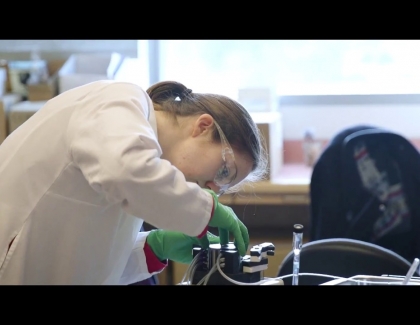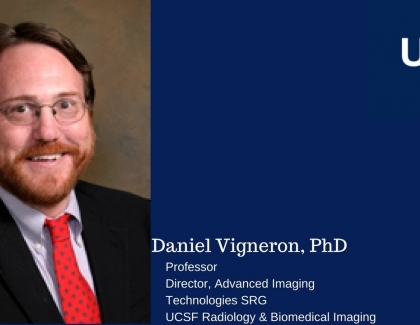Translating Research Into Patient Care with Dr. Kurhanewicz
Dr. Kurhanewicz came to UCSF, and stayed for so many years, because it allows him to do basic research, but also work very closely with clinical colleagues to get his work into the clinics, which he calls the translation process. He has seen two techniques go from the benchtop to patients. In one setting, they took the MRI exam for prostate cancer and improved it by adding additional parameters. They added metabolism to anatomic imaging and produced, with GE Healthcare, the first patient exam and took it into the first phase 1 clinical trial. Now, they are doing it again. They have a full multiparametric exam, which has not only metabolism added to it, but also blood delivery and a parameter that gives a look at cellularity. They are interested in bringing in a new technique called hyperpolarized carbon MRI. They take a natural substrate from the body, such as glucose, and label it with an NMR active label. They can increase the sensitivity of the label to the point where they have the sensitivity of imaging, its uptake, and its subsequent metabolism, anywhere in the body. This can be added to the first technique, allowing labeling of any endogenous molecule to look at various biological processes and image them throughout the body.


